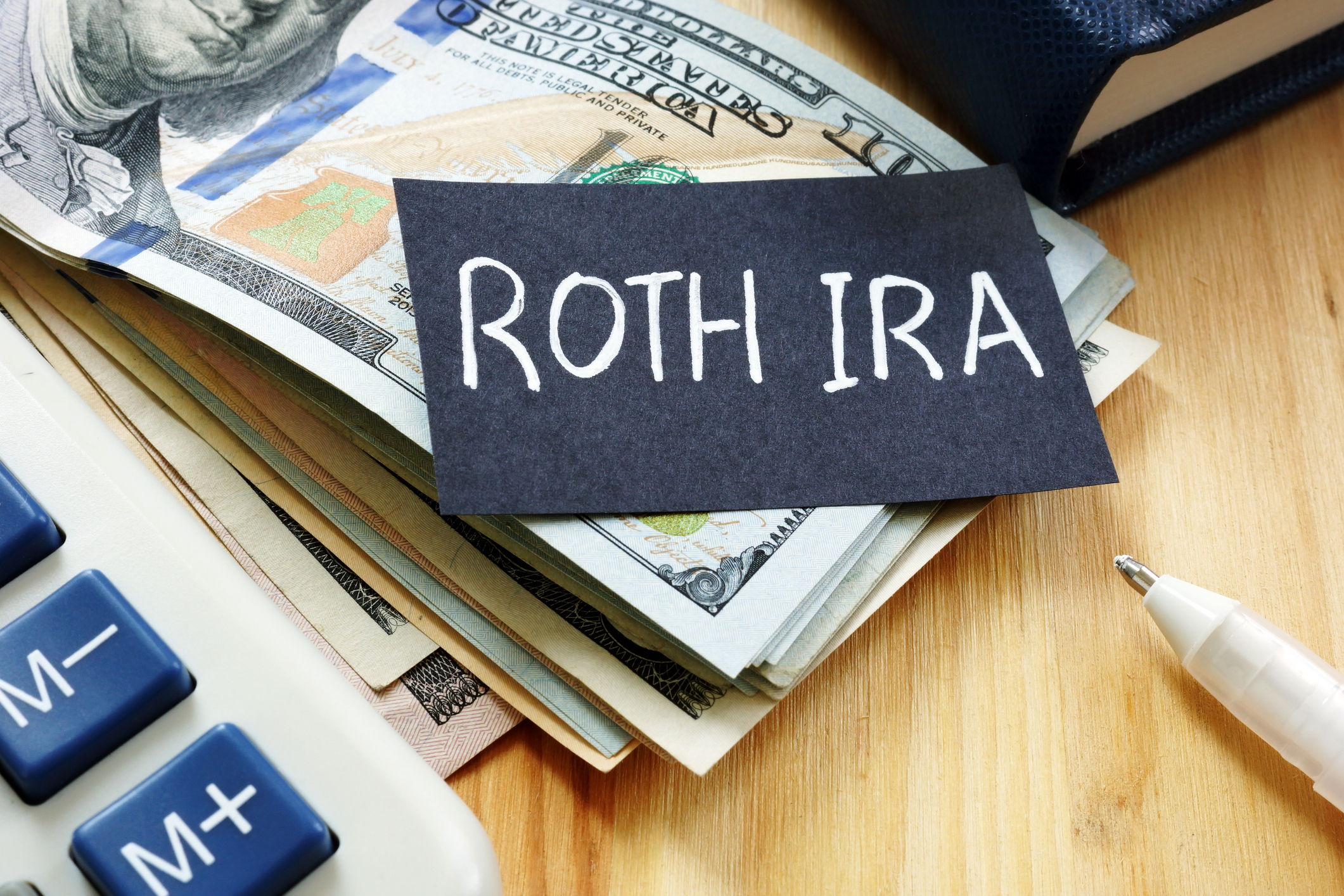A clear guide to inherited Roth IRA rules, smart withdrawal strategies, and estate planning after 2025 law changes.
Inherited Roth IRA basics and the SECURE Act's impact on beneficiaries
Inherited Roth IRAs are a crucial but often misunderstood part of modern estate planning. When a loved one passes, their Roth IRA can pass to spouses, children, or other heirs, but each group faces a different set of IRS rules—especially since the SECURE Act reshaped retirement account inheritance. For 2025, it’s more important than ever for beneficiaries to understand how Roth IRA rules affect their inheritance and what steps to take to maximize the account’s long-term benefits. First, clarify your relationship to the original account owner. Spouses enjoy broad flexibility: they can treat the Roth as their own, or roll it into an existing
Roth IRA, enjoying tax-free growth and no required minimum distributions (RMDs) until their own retirement. Non-spouse beneficiaries, by contrast, generally must liquidate the account within 10 years of inheritance. The '10-year rule' applies to most children, grandchildren, and unrelated heirs—requiring the entire balance to be withdrawn by December 31 of the tenth year after the original owner’s death, but typically with all withdrawals remaining tax-free if the account is at least five years old. Exceptional rules exist for certain eligible designated beneficiaries, such as the disabled or chronically ill, who may stretch distributions over their life expectancy.
Key deadlines, tax advantages, and smart withdrawal strategies for heirs
Navigating deadlines is critical after inheriting a Roth IRA. Most non-spouse beneficiaries must withdraw the entire account balance within 10 years of the original account owner’s death. No annual RMDs are required for Roths, but failure to empty the account in time results in steep penalties—so set calendar reminders to ensure compliance. If the Roth had been open at least five years at the time of the owner’s death, distributions are generally tax-free.
The smartest withdrawal strategies harness compound tax-free growth: rather than rushing distributions, many heirs wait until year ten to maximize tax-free compounding (unless cash is needed earlier or market conditions suggest a different approach). Spouses can roll inherited funds into their own IRAs or treat them as inherited accounts, depending on age and broader financial goals.
Best practices: estate planning, beneficiary paperwork, and avoiding costly mistakes
Inherited retirement accounts require extra care to avoid administrative errors. Always review and update beneficiary forms regularly to ensure intended heirs are listed and coordinate with your estate plan. Failure to do so can result in significant tax or legal complications. It’s also wise to keep detailed records of account origination dates, major transactions, and prior contributions, as these details may be needed to verify 5-year eligibility for tax-free withdrawals.
Working closely with a financial or tax advisor is highly recommended—especially if inherited accounts are split among multiple heirs or if the broader estate includes trusts, charitable gifts, or additional IRAs. Ask your wealth advisor if you have any further questions.




